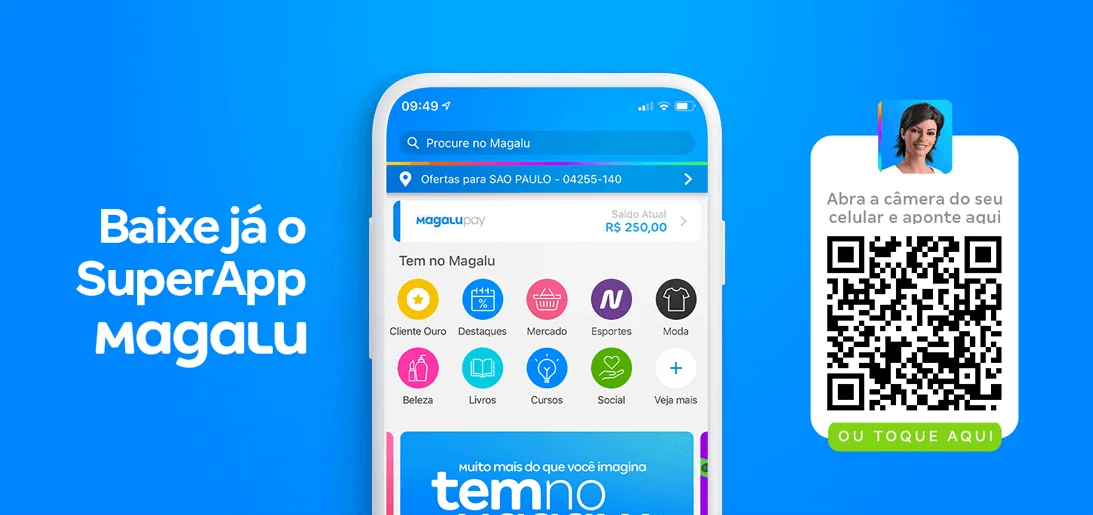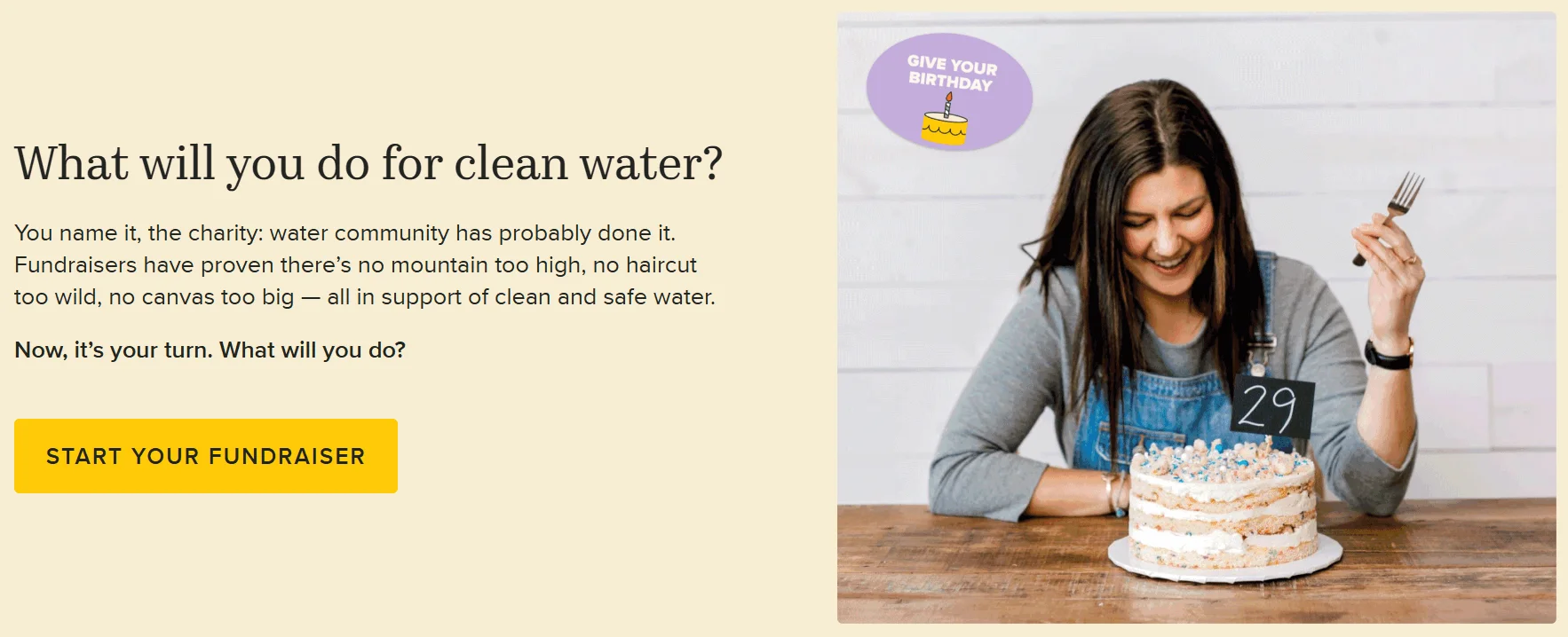Most people have encountered “charity fatigue” at some point – watching someone instantly delete multiple fundraising emails without opening them. The common response when asked why? “It’s always just another donate button.”
This sentiment isn’t isolated. We’re witnessing a worrying slump in charitable giving these days. Look at the numbers – in Australia, taxpayers claiming donations fell from 35% in 2009-10 to 29% in 2019-20. Donor fatigue is real. People are flat-out exhausted by the constant bombardment of the same old aggressive asks.
It creates this awful downward spiral. Fewer people give, so charities push harder with fundraising, which just drives more people away. Rinse and repeat. But here’s the thing – some organizations have figured out how to jump off this merry-go-round, and what they’re doing could transform how charities connect with supporters.
Beyond One-Click Wonders
Most charity marketing still revolves around that single moment – the donation. Click here, enter your card, feel good for 30 seconds, then forget about it. But today’s supporters (especially younger ones) want something deeper. They’re asking: What’s my actual impact? How can I participate beyond my wallet? Can I build a real relationship with this cause?
Save the Children absolutely crushed it with their “Save the Survivors” campaign. Rather than the standard “please donate” plea, they built this incredible video set to Destiny’s Child’s “Survivor” – a catchy soundtrack that resonated with viewers for days. They featured real kids from conflict zones with production values that could rival any Super Bowl commercial.
The results weren’t just good – they were game-changing. People didn’t just watch; they shared like crazy. The content spread naturally, far beyond what any paid promotion could have achieved. Viewers morphed into advocates, amplifying the campaign’s reach without costing an extra penny. Social feeds everywhere were flooded with it that week.
This isn’t rocket science – it’s actually what works everywhere else, too. Think about it. Netflix doesn’t start by asking for your credit card (well, not anymore). Neither does your gym or that meditation app you downloaded. They build engagement first, then the money follows. The most successful brands understand that creating scroll-stopping content means hooking people with value before ever making an ask.

Meeting People Where They Already Are
One approach that’s particularly promising focuses on making charitable support ridiculously easy to access. Let’s be honest – traditional donation paths are a pain. You have to navigate to a website, fill out forms, enter payment info… it’s like applying for a mortgage just to donate $25.
But what if support options were built right into the digital places people already hang out?
There’s this fascinating case from Brazil. A retail company called Magazine Luiza (Magalu) added a simple button to their shopping app specifically for women experiencing domestic violence. The thinking was brilliant – abuse victims often can’t safely call for help (their partners might check their phones), but shopping apps? Those look totally normal and expected.
This stealthy lifeline in an everyday app went viral in Brazil. Not only did it raise awareness, but it connected vulnerable people directly to lawyers, support groups, and mental health resources.
This completely flips the script on what digital touchpoints can do. They don’t always have to focus on fundraising. Sometimes creating low-barrier options pulls in supporters who might hesitate to write a check but still desperately want to contribute somehow.

Making Good Feel Good
Keeping supporters engaged over time is brutal. Many charities see 70% drop-off after the first donation. That’s where the gamification piece comes in – creating ongoing ways to participate that keep people connected while offering something valuable in return.
Social media contests work absolute magic for non-profits trying to expand their base. Unlike traditional fundraising approaches (“Give us money because we’re worthy”), these campaigns actually give something back – usually a chance to win something cool – in return for engagement.
The trick is balancing fun with education about the cause. When done right, these build genuine connections rather than just prize-hunting behavior. The smartest organizations bake cause-related elements right into their contests – maybe participants have to engage with an educational piece before entering, or the prizes directly relate to the mission.
These approaches can work nationally, pulling in engagement across geographic boundaries while building social presence. The best part? The participatory nature encourages sharing as supporters promote contests to their networks. It’s almost like they’re doing your marketing for you, but without feeling like they’re being asked to.
From Passive Donors to Active Players
Perhaps the biggest shift in digital charity engagement is this move from treating supporters as passive donors to seeing them as active participants through co-creation.
Charity: Water’s “September Campaign” is a perfect example here. They leveraged birthdays as fundraising moments, encouraging people born in September to ask for donations instead of gifts. Participants made personal fundraising pages to share with friends and family. Suddenly every birthday person became their own little fundraising machine with a built-in audience.
The numbers were eye-popping – a significant amount was raised. Why did it work so well? Because the asks came from real people celebrating meaningful life events, not faceless organizations. The personal connection dramatically boosted both how many people participated and how much they gave.
This approach extends way beyond just fundraising. Think digital volunteering, distributed advocacy, content creation. When you give supporters tools to actually participate, you create these deeper, sustainable relationships that naturally lead to ongoing support. It’s the difference between being a donor and being part of a movement.

Small Budget, Big Impact
One might wonder: “Sure, that all sounds great for organizations with massive budgets. What about the little guys?”
Fair point. But here’s the thing – even small organizations with tight finances can implement these principles. Consider a mental health non-profit that was basically just posting donation requests on Facebook. Their engagement was abysmal. After mixing things up, they saw dramatic improvements.
They started including educational content about mental health, stories about their impact, and participated in broader awareness campaigns. This approach of leveraging internal knowledge for content — sharing real stories and expertise from within the organization — proved far more effective than generic fundraising appeals. They expanded beyond Facebook to Instagram where younger supporters were more active.
They also got smarter about targeting. Instead of generic appeals, they focused on specific regions using local stories and imagery. This created much stronger emotional connections when potential donors could see the impact happening right in their own communities.
The key insight? Building audience engagement through valuable content creates a foundation for successful fundraising. It’s way more effective than just increasing how often you ask for money. Think of it like dating – you don’t propose on the first date. You build the relationship first.
A Different Approach to Digital
To help organizations redesign their digital touchpoints systematically, the Engagement Ecosystem Design Method offers a framework for creating relationship-centered digital experiences:
Step 1: Map Your Supporter Journeys
Start by figuring out how different supporter groups prefer to interact with your cause. What motivates different demographics? This goes way beyond basic profile information to build detailed supporter personas.
Step 2: Diversify Your Touchpoints
Take an honest inventory of your current engagement points and identify the gaps. This helps you prioritize new digital touchpoints based on what your supporters actually need rather than what’s convenient for your organization. (And yes, those are often very different things.)
Step 3: Match Technology to Reality
Choose technology that actually fits your organizational capabilities. This prevents those costly tech boondoggles by ensuring you select solutions that match both your needs and your ability to implement them. Too many charities blow their budget on platforms they can’t fully use.
Step 4: Measure What Matters
Look beyond donation amounts to track engagement across multiple dimensions. How is your relationship with supporters developing over time? What early indicators might predict future support? The organizations that thrive track these metrics religiously.
Step 5: Keep Improving
Set up systems to gather and use supporter feedback. Run A/B tests to continuously refine your digital touchpoints. Create a clear path for ongoing improvement rather than the “set it and forget it” approach seen so often. When challenges arise, having robust feedback systems becomes essential for effective crisis communication and maintaining supporter trust.
What’s Next
The future belongs to charitable organizations that design digital touchpoints with relationships at the center. Moving beyond transactional models to create meaningful engagement ecosystems helps overcome donor fatigue and builds sustainable support communities.
That said, traditional donation appeals still serve an important purpose. The most successful organizations find the right balance—using direct donation requests strategically while building deeper engagement through these newer approaches. It’s not about abandoning proven fundraising methods but enriching them with relationship-focused strategies.
Organizations that transform passive donors into active participants, embed support options into everyday experiences, and create mutual value will thrive. By applying these frameworks, non-profit organizations can reimagine their digital touchpoints to connect with the next generation of charity supporters in ways that actually last.
The donate button isn’t going away – but it’s no longer enough on its own. It’s time to build the digital engagement ecosystem around it that makes supporters actually want to click it again and again. Because at the end of the day, sustainable giving comes from connection, not obligation.
CREZEMO regularly publishes insights on digital marketing, social media strategies, and brand development that help organizations cut through the noise and build real connections.
Check out our insights page for more actionable strategies that drive results.
FAQs
1. What is digital marketing for non-profits?
Digital marketing for non-profits is using tools like social media, email, and websites to connect with supporters and grow your impact. It’s not about selling — it’s about building real relationships. Most non-profits work with tight budgets, so the focus is on sharing honest stories, showing real-world results, and earning trust over time. The goal is to turn one-time donors into long-term supporters.
2. How to use social media to raise money for charity?
Start by building trust, not just asking for money. Share stories, behind-the-scenes moments, and real updates that show the impact of your work. Facebook has built-in fundraising tools, while Instagram works well for visual storytelling. Birthday fundraisers and peer-to-peer campaigns do especially well because people give more when someone they trust asks.
3. What are the best social media platforms for charity marketing?
It depends on who you’re trying to reach. Instagram and TikTok are great for younger audiences who connect through video and visuals. Facebook works for older supporters and community groups. LinkedIn is strong for corporate outreach and partnerships. YouTube is ideal for deeper storytelling. Pick a few platforms where your audience already spends time, and focus on doing them well.

